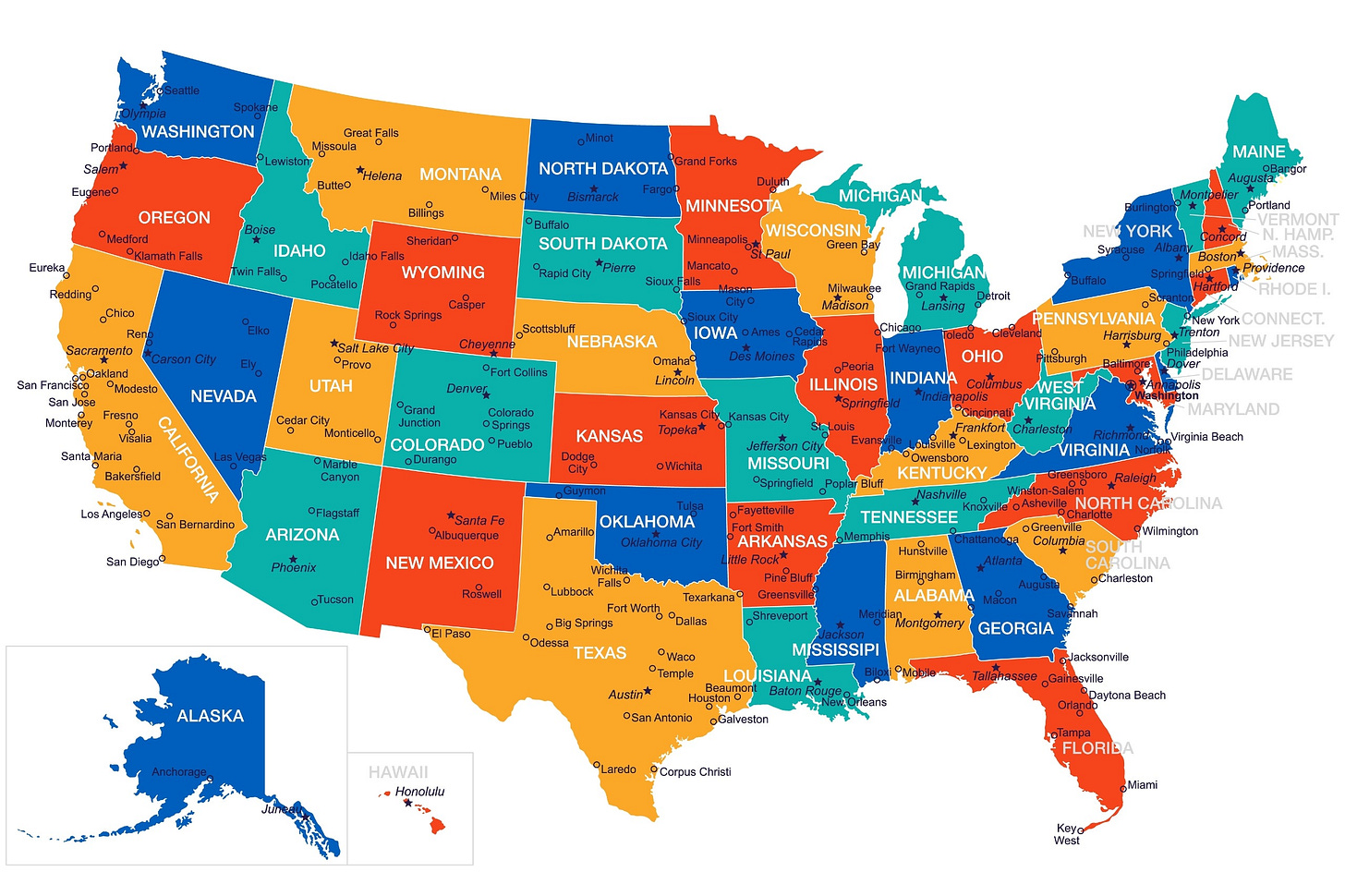Have you ever wondered why maps don’t need a rainbow of colours to look so organised? What if I told you that no matter how complex the map, you’d never need more than four colours to make sure no two neighbouring regions share the same colour?

Colouring the Maps
Look at a political map. You can tell different countries apart because neighbours are always coloured differently. This is true for any map where regions touch each other. But here’s a question: how many colours do you need to make sure no two neighboring regions have the same colour?
For over a hundred years, this question puzzled mathematicians. They knew three colors weren’t enough and five were more than enough. But what about four? No one could prove it—until 1976, when a computer finally solved the mystery. This was the Four-Colour Conjecture, and it had stumped some of the smartest people for a century.
For a long time, people knew three colours weren’t enough to colour every map. It’s easy …
Keep reading with a 7-day free trial
Subscribe to Science Sundays to keep reading this post and get 7 days of free access to the full post archives.



